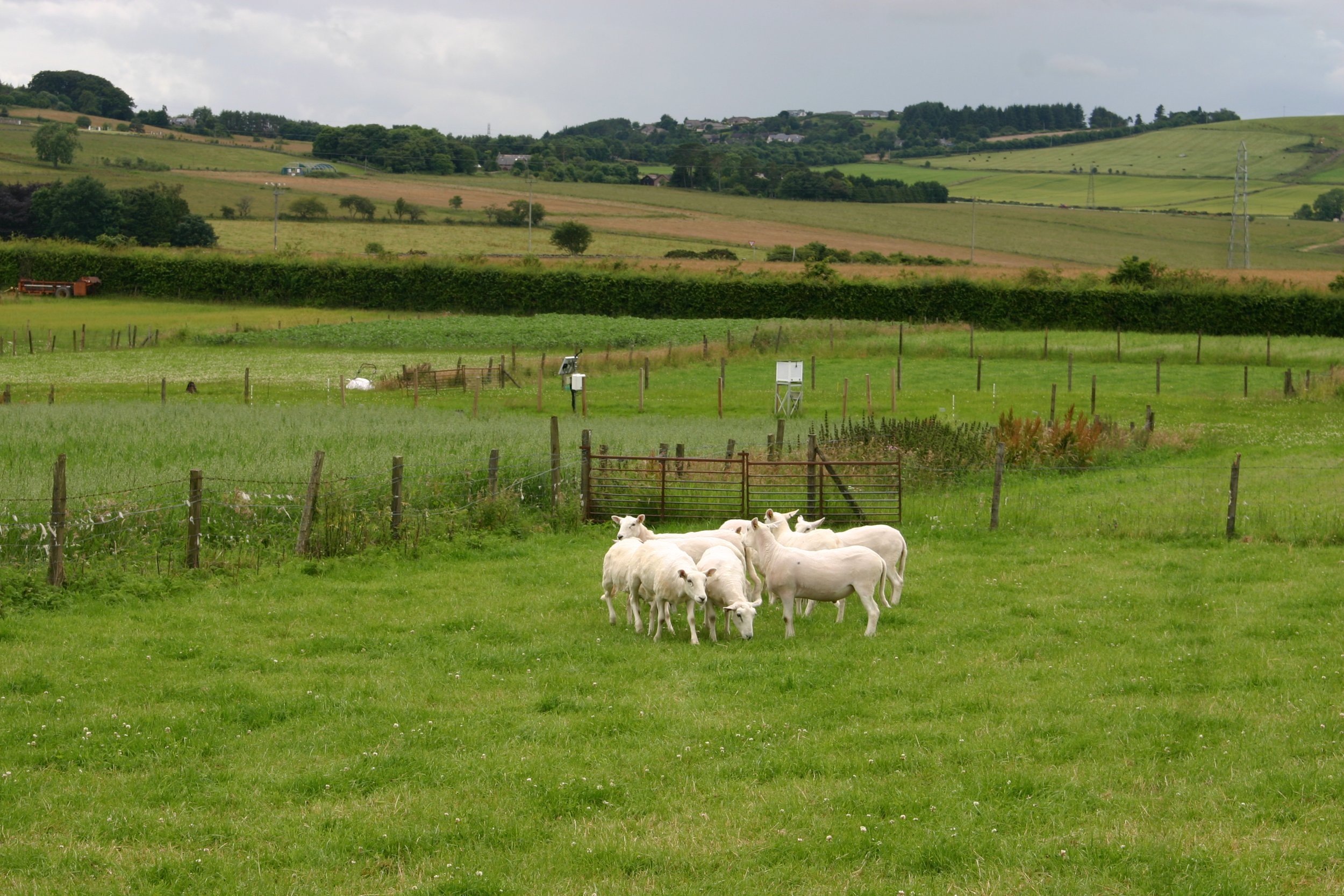Rob Graham (SRUC) summarises the research open day that took place in July which showcased the long-term experiments at Craibstone in Scotland.
In what is rapidly becoming a regular annual event, on the 8th July 2025 SRUC Aberdeen held a public open day showcasing the long-term experiments (LTEs) based at Craibstone campus, to the west of Aberdeen city. This includes the Tulloch Agroecology Rotation, part of the Ecological Continuity Trust LTE network.
Members of the public, the agricultural industry and staff from the SRUC (teaching, research and consultancy) were in attendance. The event started with a number of short presentations, highlighting current and research based at Craibstone, including descriptions of the key long-term experimental sites. After a light lunch delegates set off to the field and were shown around the long-term trial sites. The weather held – the day was a continuation of the summer.
The Tulloch Agroecology Rotation was established in 1991. During this time, the rotation has primarily examined differences in organic settings between stocked rotations (i.e. rotations including a livestock element; sheep, in this case), and stockless rotations (those without any livestock). A suite of ecological and agronomic metrics were measured over this period. As far as the SRUC team knows, this rotation is unique in Europe; it is the only rotation to use livestock (sheep) for grazing of experimental plots. Thereby truly simulating impacts upon real agroecological landscapes.
PHOTO Credit: Rob Graham
In 2024, the team at Tulloch received a grant of £2404 from the Ecological Continuity Trust to repair the sheep fencing in the Tulloch Agroecology Rotation. Since the establishment of this LTE, the original fencing had slowly deteriorated with time and required new fencing across the “stocked plots” rotation. New fencing was required to maintain welfare of the livestock and to ensure effective use of time by support staff servicing the livestock. The old original fencing was removed in January 2025, and the new fencing was erected over the course of several weeks in February and March 2025. This fit well with the rotation regime with ploughing of the arable plots scheduled for early April. With thanks to the staff and students that helped with erecting the new fencing erected, it now looks great. The new arrangement will make the ploughing and maintenance of the plots easier for the support staff, whilst being robust enough to keep the sheep safe and content. The team at SRUC thank the ECT for the funding to allow this project to proceed.
Q&A whilst inspecting the Tulloch Agroecology Rotation. Photo Credit: Rob Graham
During the visit, participants were excited to hear about the current and future plans for the rotation. Lively Q&A discussions ensued which highlighted the importance of LTEs and demonstrating stakeholder interest. The majority of the discussions at the plots were led by Professor Christine Watson, Dr Robin Walker and from several colleagues who work directly upon the Tulloch Rotation. Rob Graham wishes to thank all who got involved.




